Boost productivity on your regenerative ranch with a little buzz
As pollinators, honeybees add value simply with their presence. Some ranchers may choose to sweeten that value by cultivating a beekeeping enterprise.
“There’s not a farmer or rancher I know who doesn’t need more pollinators on their land,” Steve Swaffar, regenerative ranching advisor at Noble Research Institute, says.
Ranchers who are turning to regenerative principles of increasing diversity, covering the soil and maintaining living roots in the system at all times will especially benefit from more pollinators on their land.
“Once we start to minimize the use of some of those more destructive tools that aim to kill everything – our tillage, our herbicides, pesticides, insecticides, etc. – we start to see a natural increase in the survivability of our pollinators. Then those pollinators can go out there and do their job with their ecosystem services, pollinating flowers and plants that add value and diversity and life to the land,” Swaffar says.
The Food and Agriculture Organization of the United Nations says pollination is the highest agricultural contributor to yields worldwide, far beyond any other agricultural management practice.
“That’s why I say everyone should have bees on their place. But not everyone should have a bee enterprise,” Swaffar cautions.
Most will choose to keep bees as a hobby, which will add value to your land in and of itself. However, if you decide to make beekeeping an enterprise on your regenerative ranch, be prepared to treat it as such.
“In many ways, bees are just another form of livestock. It’s like any other agricultural enterprise. You have to be really smart about it, and you have to develop your markets. You have to take care of it and be willing to commit the time.”
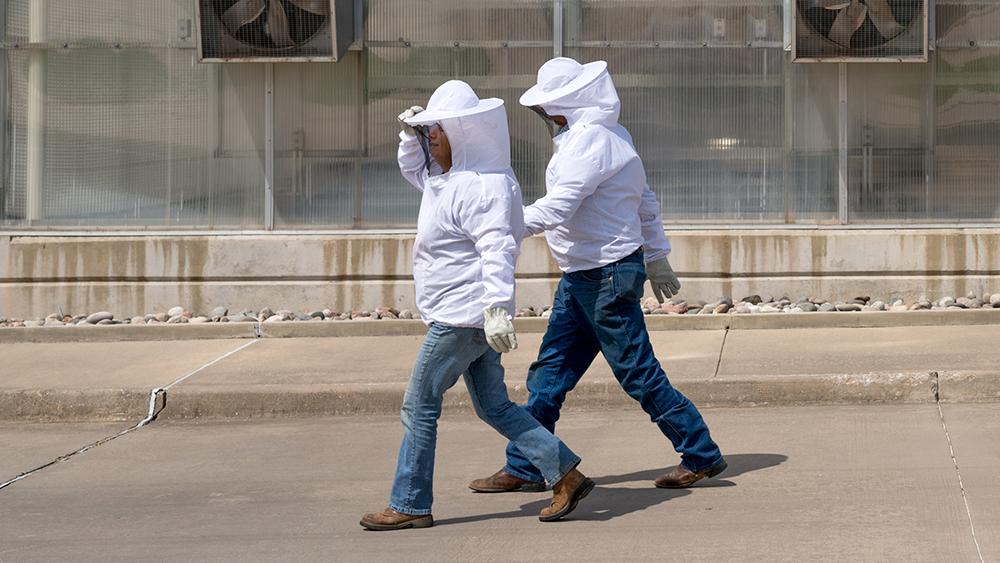
Do your research, then find a class, club or mentor
Whether as a hobby or an enterprise, most who have an interest in beekeeping will naturally start investigating what the buzz is all about.
“There’s just a ton of information out there,” Herb Surber says. Surber works in fleet services at Noble Research Institute and has been keeping bees with his wife, Brandi, and his brother-in-law, Eric Dunn, for several years.
It started when Dunn caught a swarm one spring, and all three were soon hooked. Brandi started reading beekeeping books, they listened to beekeeping podcasts and watched hours of YouTube videos. They joined a local bee club to connect with other apiary enthusiasts in their area.
Similarly, Swaffar’s interest in beekeeping was first piqued in college when a friend asked for his help extracting honey. Nearly 30 years later, the curiosity was still there, and he signed up for a two-day beekeeping class to get a basic understanding of bee biology and life cycles, the basic parts of a hive and the tools needed to get started.
But his biggest growth as a beekeeper came through connecting with an experienced beekeeper who helped evaluate his hives and mentored him through the process.
“Everybody should have a bee mentor,” Swaffar says. “Just like we tell people who want to get into regenerative ranching: find someone else who’s doing it the way you want to and go see what they’re doing.”
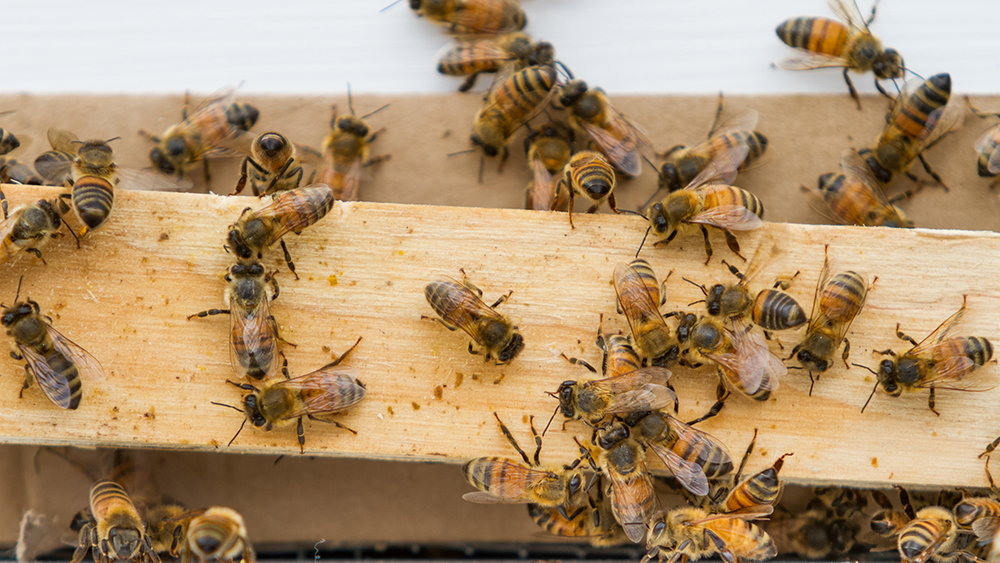
Why do bees swarm, anyway?
You may wonder why bees swarm in the first place – you may have seen swarms in a tree or had them try to move into your attic.
Swaffar says bees naturally swarm to proliferate their genetics and to keep the hive from having too many bees and idle workers. When a hive starts to become full, the queen sends scout bees to seek a new home with ample local pollen and nectar resources.
If the scouts are successful, the queen takes a portion of the worker bees with her to establish the new hive. This group of bees is the “swarm” that may offer a resource opportunity to the beekeeper. In the original hive, the queen has left behind a queen cell and workers to attend the remaining brood. Once those bees have hatched, the bees gather honey and pollen until the new queen begins laying eggs to keep the original hive going.
Many beekeepers work hard to prevent this natural swarming behavior among their hives for fear of losing too many bees and honey production. But swarming can break the life cycle of pests like mites that otherwise plague hives, and it focuses the remaining bees on rebuilding their resources – honey – while they wait for the new queen to take rein.
“It’s a balancing act,” Surber says. “It’s their nature to swarm so they can keep growing, but we usually want to keep them in place so we can get all their honey.”
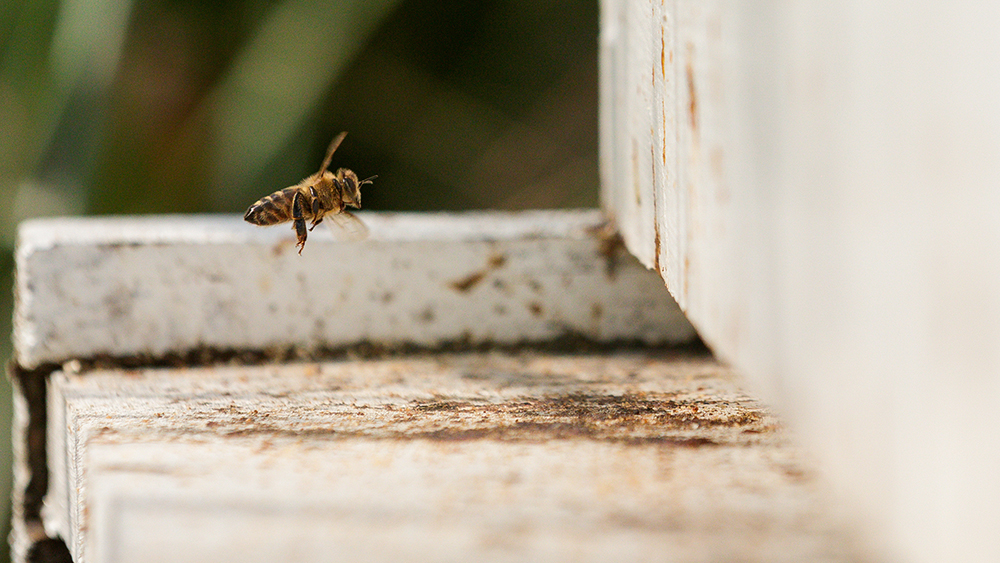
Harnessing the power of the swarm
Both Surber and Swaffar say they now try to work with the process. They’ve learned that capturing swarms can expand their beekeeping efforts, keep their bees naturally healthy, and boost honey production in the long run. So to make the most of swarming behavior, they have focused on catching swarms and putting the new hives to good use.
Bees typically swarm in the spring. You can set swarm traps – an empty box or hive, sometimes baited with a dab of lemongrass oil to lure them in or a comb from another hive to start with. However, just having a healthy environment that bees can thrive in and the right-sized tree or other cavity for them to fill may work, too.
In the Surbers’ case, they found their first swarm on a tree limb on their property. They cut the limb and carefully lowered the swarm into a temporary holding box. They ran to the local farm supply store; bought a very basic, commercial beehive; transferred the newly caught swarm into the hive; and began their beekeeping journey. By capturing swarms, they went from one hive to five in their first season, and by a couple of years later, Brandi and Herb were tending 55 hives.
Swaffar started his beekeeping by purchasing bee packages and nucleus colonies (nucs). A package is a bundle which includes a new queen and 3 to 5 pounds of worker bees. A nuc includes an established queen, bees of all stages of development and several frames of resources. Both are well-established forms of beekeeping startup, but Swaffar says he now believes catching a swarm is the best method to develop and grow a beekeeping enterprise.
He’s learned that bees he catches near him do best in their established environment, and they lower the start-up costs of purchasing bees.
“What you really want are locally adapted bees, and you get those by catching swarms,” Swaffar says.
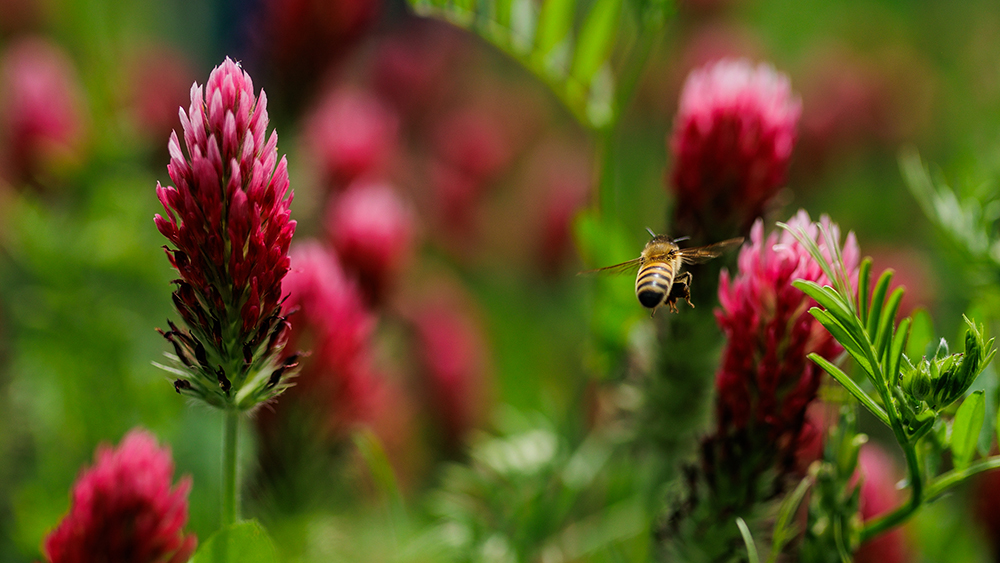
Study beekeeping systems that work best for your goals
The standard starter kits they initially bought at the farm supply store worked well, Surber says, but if you continue with and grow your beekeeping, he recommends investing in high-quality equipment and doing some extended research on the hive options available.
The most popular and widely available beekeeping system is a Langstroth-style hive, which uses vertically stacked boxes containing frames for the bees to build comb into. As the colony grows, a beekeeper adds boxes to the stack, eventually adding a barrier between the queen and the top honey ‘super’ box to prevent her from laying eggs, leaving that box for honey collection. These boxes were designed to make accessing and transporting hives convenient for beekeepers, making them understandably popular.
Swaffar recently began experimenting with beehives that expand by adding frames horizontally in a larger and longer rectangular box. These arrangements more closely mimic how the bees would build in a natural hive. These Layens-style boxes are often more heavily insulated, which helps keep the bees cool in the summer heat and warm in the depths of winter. As he experiments with different systems, Swaffar believes he’ll land on a hybrid that incorporates the aspects of several systems that work best for him.
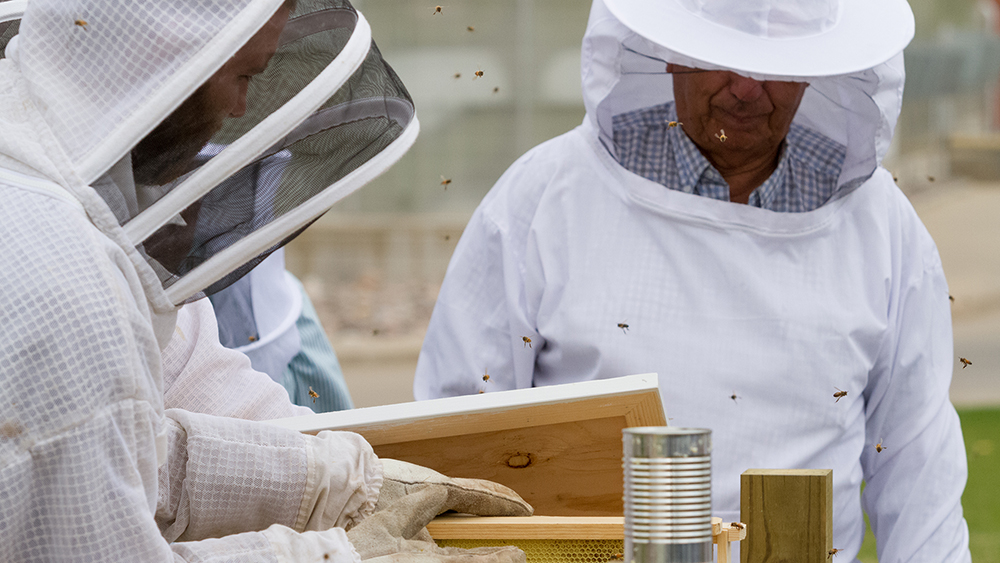
Don’t skimp on safety gear
No matter how you source your bees or what hive system you select, both Swaffar and Surber say the most important purchase a new beekeeper must make will be high-quality safety gear, including a bee jacket, hood, gloves and pants.
“When they’re swarming, they’re very calm, and they will fool you,” Surber says. “They’ve got enough resources that they’re out looking for more space, so they’re happy.”
Don’t let their calm disposition one day let you get complacent, he warns, because “later in the summer when they’re protecting their resources, they’ll nail you.”
Swaffar agrees, saying “Don’t get into beekeeping if you don’t think you can handle getting stung. It will happen, no matter how docile you think your bees are.”
Most people balk at the entry-level prices of good safety equipment, but Swaffar and Surber emphasize that this is not the place to skimp.
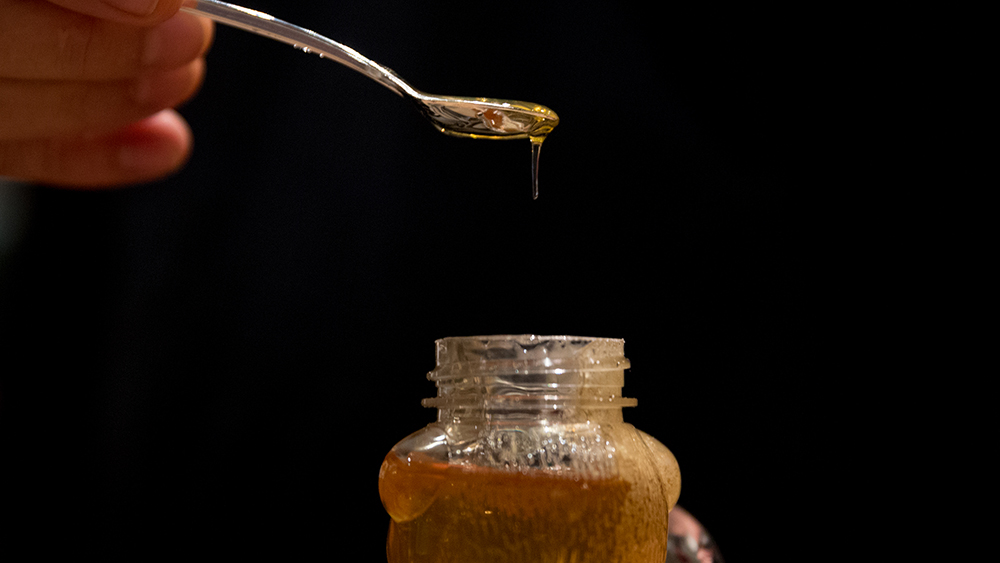
To make it an enterprise, plan to diversify
If you plan to make your beekeeping more than a hobby, you’ll likely need to look for multiple ways to generate income from your hives.
“To be honest, most commercial beekeepers are not making big profits from honey,” Swaffar says. It is possible, but most commercial beekeepers bring in needed revenue by adding pollination services or selling bees as packages or nucs.
Do your research, run a cost analysis, and be prepared to focus on ways to help reduce your start-up costs. If you’re handy with carpentry and mechanical skills, it helps to build or be able to customize some of your own equipment, as Surber has.
If you’re not prepared to dive into beekeeping yourself but want to add the value of their ecosystem services to your regenerative ranch, consider offering your land to a local beekeeper for lease. In any case, it’s still worthwhile to learn more about the behavior and environmental needs of bees to boost their presence and well-being on your land, Swaffar says.



Comment